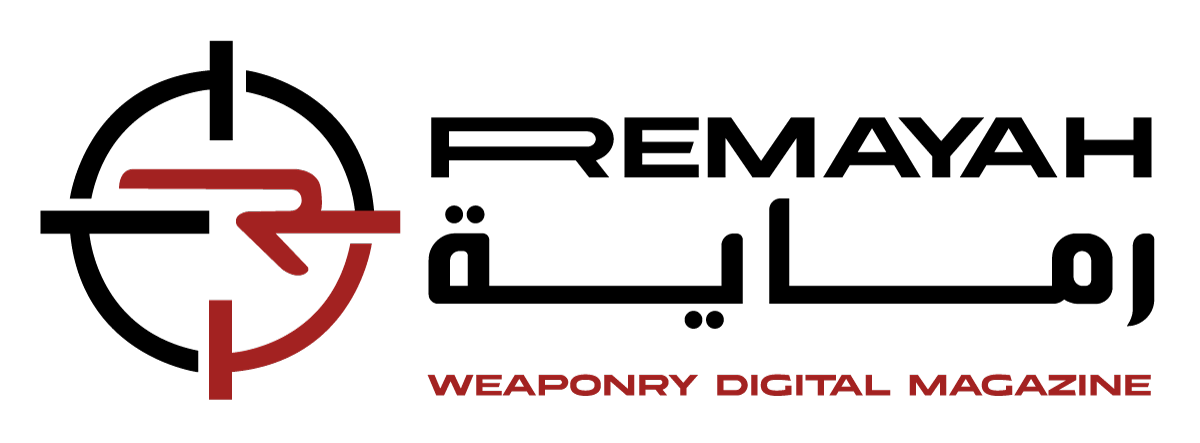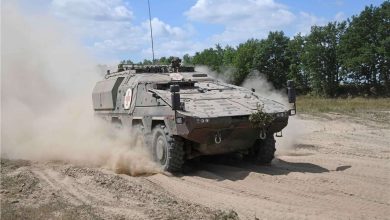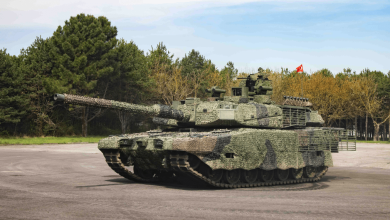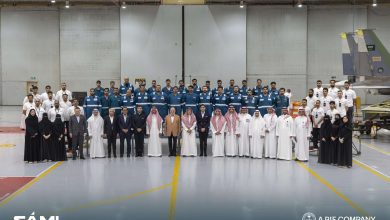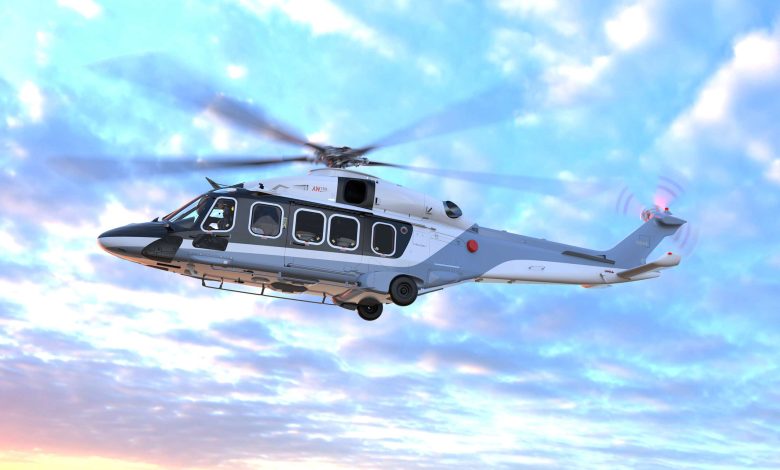
“Leonardo Teams Up with GDHF to Unveil 10 Next-Gen AW189 Offshore Helicopters”
The world’s leading super-medium class helicopter is set to further expand its presence in the global market, particularly in offshore logistics servicing the energy industry. Leonardo and the helicopter leasing company GDHF have finalized a Framework Agreement to include an additional ten AW189s into the energy support domain, with deliveries projected between 2027 and 2029. This announcement was made during an official gathering at European Rotors in Amsterdam today.
Michael York (CEO of GDHF) expressed, “GDHF is excited to solidify the Framework Agreement with Leonardo for ten more brand new AW189s. GDHF has now committed to a total of 13 AW189s, and earlier this year we successfully integrated the first of these AW189s into our fleet. This significant 10 x AW189 Framework Agreement will enhance GDHF’s capacity to assist our clients worldwide and provide them with additional highly efficient AW189 super-medium helicopters on lease. We extend our appreciation to Leonardo for their supportive partnership as we strive to deliver inclusive multi-mission AW189 solutions for our clients.”
The energy support sector is anticipated to consistently grow over the next five years, driven by new field advancements (including wind farm assistance and offshore SAR for the energy sector), in alignment with new environmental standards and the adoption of state-of-the-art technologies. With nearly 500 helicopters of diverse types currently in operation for offshore transportation, Leonardo maintains its position as the industry leader in energy support. Offshore operations demand high aircraft availability rates, with numerous flight hours logged by the helicopters employed for this mission. By utilizing data collection and analysis from the challenging offshore market and its rigorous operations, Leonardo can further improve the overall service caliber, product offerings, and training capabilities of various models for all other applications. The intermediate and super-medium twin weight classes – like the Leonardo AW139 and AW189, respectively – are expected to gradually dominate this sector for long-range tasks, outpacing older heavier models.
Part of the AW Family of helicopters, the AW189 (8.3/8.6 tonne) merges remarkable payload and range with advanced technologies to proficiently perform a broad spectrum of missions, such as search and rescue, energy sector assistance, passenger transportation, firefighting, and law enforcement. Notable features of the helicopter include the ability of its main transmission to operate without oil for 50 minutes and an integrated auxiliary power unit. The AW189 is presented with over 200 certified kits and is the only aircraft in its category equipped with a Full Ice Protection System (or, alternatively, a Limited Ice Protection System) accredited for use in Europe, the US, and Canada. It comes with a comprehensive support and training service package meticulously crafted to meet specific client requirements, maximizing mission efficiency and ensuring operational safety. The type is also certified for an automatic data transmission system that enables the aircraft to send flight data to a ground station via satellite communication during flight, 4G cellular connection, or Wi-Fi while on the ground. It offers a secure method to share an accurate overview of each flight, allowing Leonardo specialists to quickly evaluate data, thus enhancing maintenance and support strategies.
To date, over 90 AW189s have been delivered to operators worldwide. Roughly 50 of these are currently deployed for offshore logistics and have surpassed 155,000 flight hours in this market. A decade after its certification, the AW189 continues to be the leading choice in the super-medium helicopter category by market size, operator numbers, countries, and applications, including offshore transport, search and rescue, firefighting/disaster aid, law enforcement, and passenger transport. The AW189 is strengthening its footprint in the fleets of existing clients while also being adopted by new operators, especially within the energy and public service sectors.
